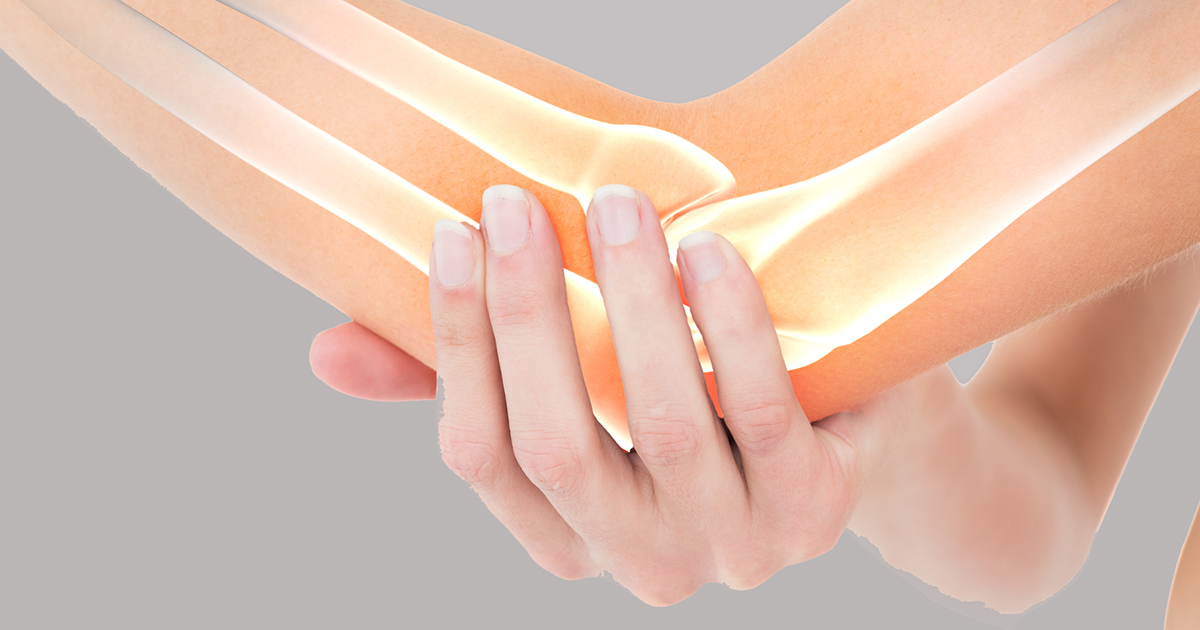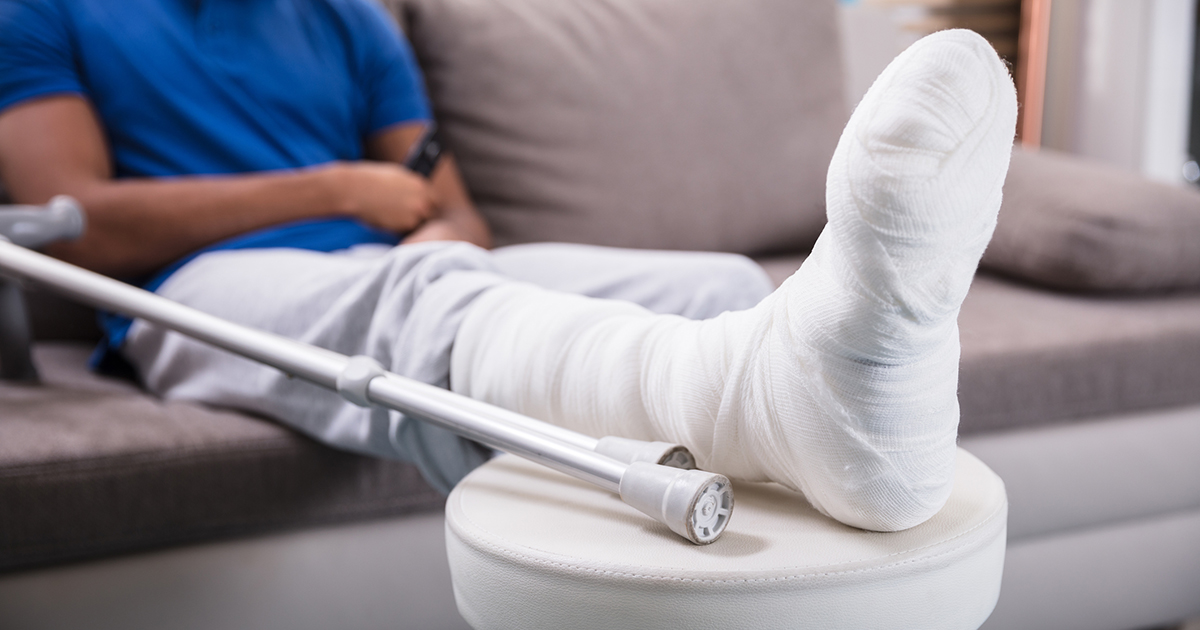Symptoms Of Osteopenia
Lowered Bone Density

Bone density refers to the amount of bone mineral in bone tissue. Lowered bone density is a very distinct symptom of osteopenia, and doctors can order testing to make a definite determination. If you are diagnosed with osteopenia, monitoring bone density will likely become a regular part of your routine. This allows your healthcare provider to keep track of your condition and help determine your risks.
Although it may sound scary, bone density testing really isn't bad. In fact, the simple versions of the test can even be performed at your local pharmacy. During the test, avoid wearing tight clothes or those with zippers, belts, and buttons. Also, avoid taking extra calcium twenty-four hours before the test as this can skew results. The test only takes around ten to thirty minutes. Knowledge is power, and the results of a bone density test can help you better understand osteopenia and how to live with it.
Weakness In The Broken Bone Area

When broken bones occur, patients with osteopenia may experience weakness in the broken bone area. While you may feel hopeless, there are things you can do to promote healing.
When you suffer from broken bones, you'll inevitably experience pain. While anti-inflammatories can help alleviate this pain, they are also known to slow the healing process, because inflammation is an important part of the healing and cleaning process in broken bones.
Keep in mind a large amount of energy is required to heal a broken bone. Therefore, you must ensure you're providing your body with what it needs. As you heal, make sure you are consuming ample calories rich in proteins and nutrients. In some cases, it can be recommended to as much as double your caloric intake. Speak with your doctor to determine what's best in your situation.
